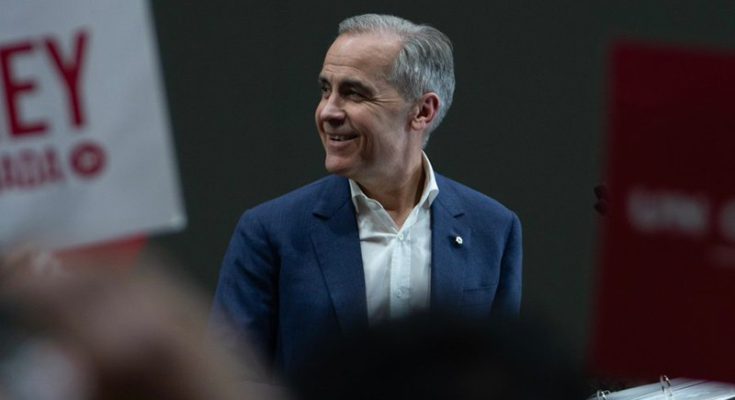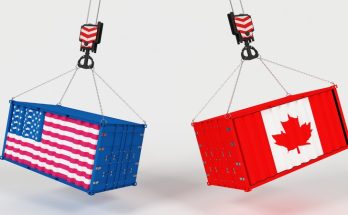Ottawa/CMEDIA: Canada Prime Minister Mark Carney reportedly said today that he hopes to hit the NATO defence target of two percent of national GDP.
By adding $9 billion in spending to the fiscal framework this year, Carney said that it will advance its military spending to hit the NATO target of two percent of national GDP.
“Canada will achieve NATO’s two per cent target this year, half a decade ahead of schedule,” the prime minister said, adding he plans to accelerate that timeline again within the next few years.
Due to Canada’s increased dependence on unreliable United States for its defence, Carney said that his government will look to partner more with European allies as it moves to build up Canada’s domestic industrial base.
“The United States is beginning to monetize its hegemony, charging for access to its markets and reducing its relative contribution to our collective security,” he warned, adding that U.S. world dominance is coming to an end.
Currently spending about 1.45 percent of real GDP on defence despite Canada’s promises to its biggest allies for years, the federal government said that this has not hit the two percent target since 1990.
Since Canada has come to levels not seen since the Cold War, it has come under intense pressure from allies lately to swiftly increase its military budget.
Monday’s announcement was made just ahead of a major NATO meeting in the Netherlands set for later this month.
Allied nations are expected to adopt a plan at that meeting to hike the NATO member spending target to five per cent of national GDP — a level Canada has not reached since the 1950s.
Although not long ago, Carney was promising only to meet the two per cent target by the end of the decade, he promised during the recent election campaign to move up Canada’s deadline for meeting the target by at least two years, to 2030.
Carney said that His government will design a new defence policy and industrial strategy to lift up the defence sector by making use of Canadian steel and aluminum — industries currently under threat from U.S. President Donald Trump’s tariff war.
Saying that this moment has been a long time coming, Christyn Cianfarani, president of the Canadian Association of Defence and Security Industries added,
“It’s a historic day for our country,” she said. “We’re going to take (Carney) at his word…And that is a real risk…They will need to dig deep. There will need to be very creative solutions,” she said.
Adding that his government is working to reform defence procurement, Carney said the new funds being injected into the department are very “spendable” as the Department of National Defence has long struggled to spend all the money budgeted for it.
Included in the new defence spending plan are $2.6 billion for recruiting and retaining members of the Canadian Armed Forces, $1 billion for boosting military capabilities, $2.1 billion for a new defence industrial strategy and $2 billion to diversify Canada’s defence relationships beyond the U.S.
Citing planned purchases of new fighter jets, submarines, drones In his speech, Carney said that all items he spoke about during the recent election campaign. Although background documents given to journalists Monday referred to boosting military capabilities, the Department of National Defence offered no new details.
Carney vowed that “none” of the new spending announced Monday would be “creative accounting” meant to impress NATO members, and added he won’t have to raise taxes to pay for any of it.
Carney also said he will “expand the reach, security mandate and abilities of the Canadian Coast Guard and integrate it into our NATO defence capabilities to better secure our sovereignty.”
Also announcing a plan to set up a new defence research bureau, to be called BOREALIS, Carney said that he would “advance cutting-edge research in artificial intelligence, quantum computing, and other frontier technologies.”





